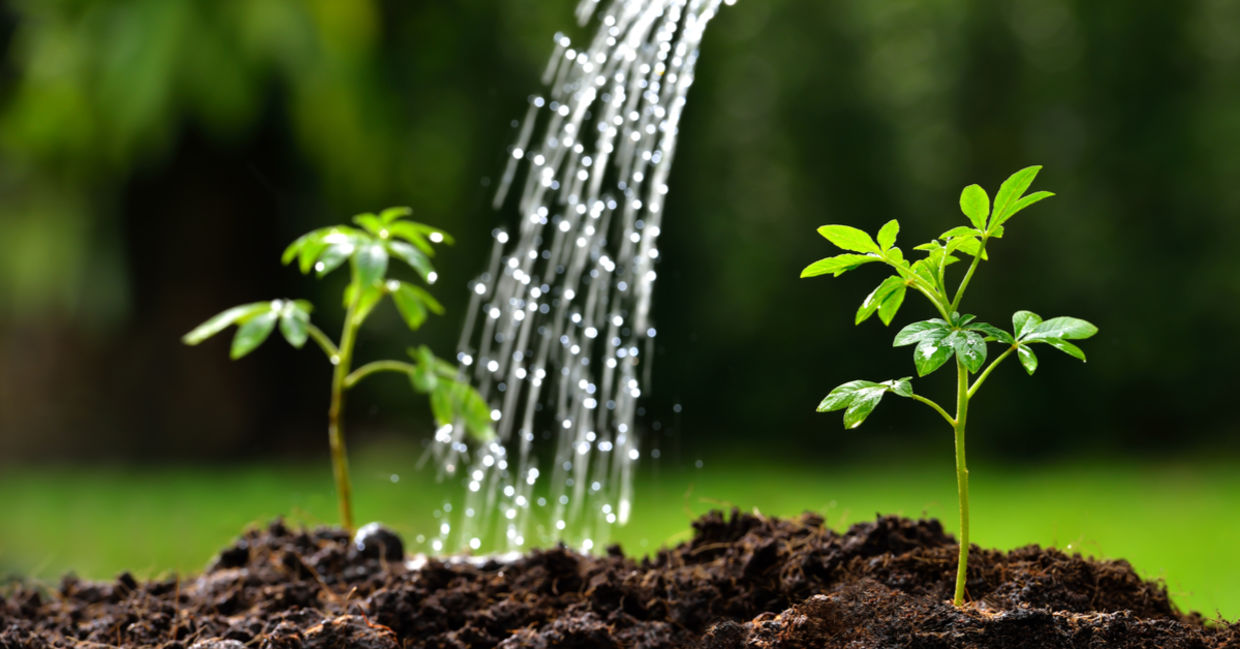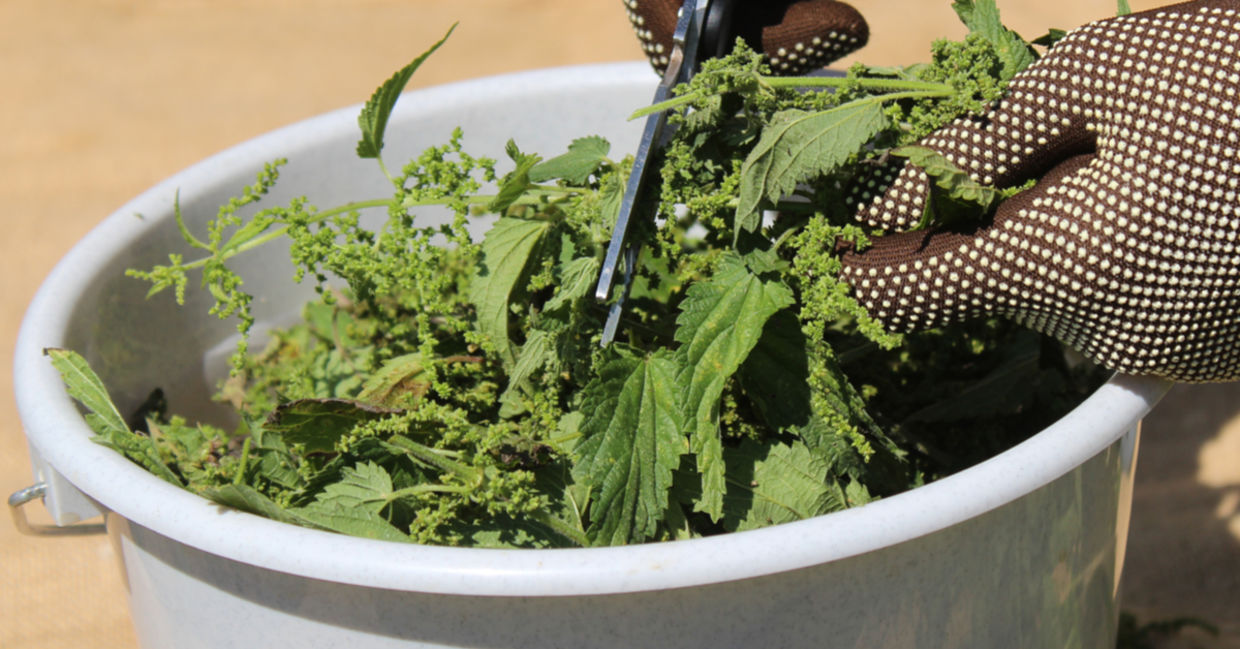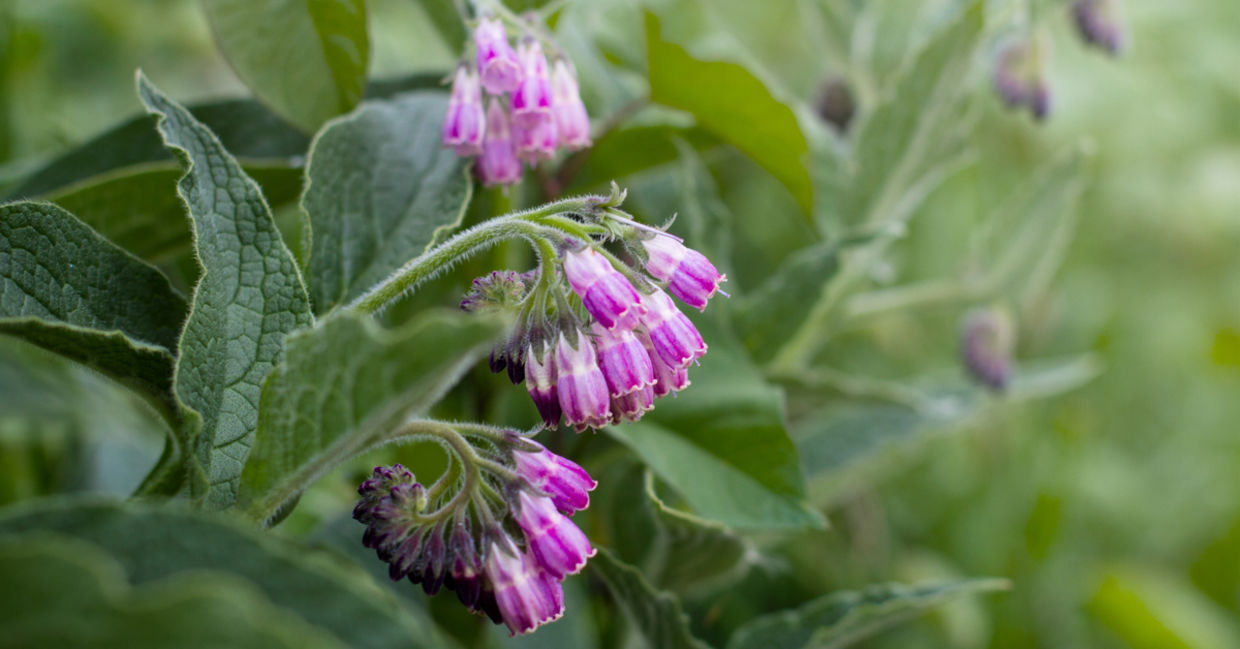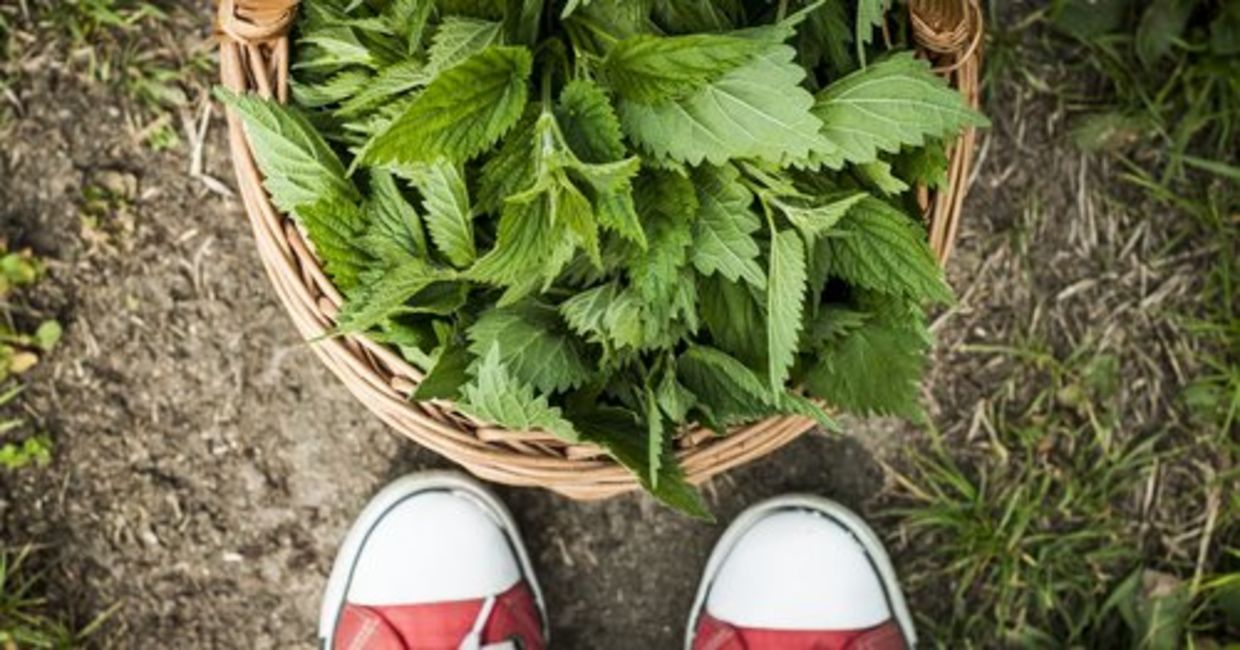
(amenic181 / Shutterstock.com)
Come late fall, it is time to say goodbye to your garden. While gardens go dormant over the winter months, you can prepare for spring now by making your own fermented plant juice. Filled with nutrients, you can spray these garden teas over your raised beds and containers in the spring, giving plants a healthy head start for the growing season ahead.
Processed plant fertilizers are generally expensive and many contain chemicals, according to Gardener's Path. Such store-bought fertilizers are not sustainable as they are factory-made, packaged, and then transported. So go organic and do it for free by using the ingredients in your garden to feed plants your own DIY plant juice.
When you make plant juices, you are nutrient banking, according to this Huw Richards video, ensuring you have a rich concentrate ready on hand for when gardening season peaks. Here are three nutrient banking recipes to make your flower beds and yard grow, giving you that green thumb advantage!
Weed Soaks
As late fall encroaches, it is time to clean the garden. Save those clippings! When cutting back your plants, snip them at the soil level, as recommended by Huw Richards. Leave the roots in the soil to create precious carbon. Collect the clippings and add any weeds you can find.
Dandelions, nettles, and thistles are ideal in weed soaks. Place them in a bucket until it is two-thirds full, then cover the plants with water. Add some wood chips, homemade compost, or leaf mold on top, then loosely place a cover on top.
Store your bucket in a frost-free place and wait until early spring. Come spring, strain your weed soak, then dilute it with one part tea to 50 parts water. Your flowers and veggies will be very thankful for this power boost!

(Martina Unbehauen / Shutterstock.com)
Comfrey Tea
Comfrey is a hardy perennial that, come fall, can be used to make a fertilizer, as recommended by Gardener’s Path. This medicinal herb is multi-purpose as it attracts pollinators while flowering, improves the health of the soil, and can be used to fertilize other plants.
Comfrey’s long tap roots reach into the soil, collecting a rich source of macronutrients that plants need to thrive. This includes potassium, nitrogen, phosphorus, plus calcium and magnesium.
Harvest the leaves from the stems, then place them in a bucket. Use large rocks to weigh them down, then fill the bucket with water. Cover the bucket, and treat it like well-steeped tea, leaving it over the winter. As it ferments, it does smell, so place it far from the house.
In the early spring, strain out the residue and dilute the tea with up to 15 parts water to tea. Spray your comfrey tea on flowering plants. Place the residue on your compost heap or use it on the earth around tomato and potato plants.

(Karynf / Shutterstock.com)
Stinging Nettle Tea
This fermented soak is filled with nutrients and repels parasites, according to Nature & Garden. It is 100 percent organic and is a great way to repel pesky aphids, mites, and ticks. Stinging nettle is loaded with nitrogen and strengthens immunity in plants.
Place nettles in a plastic or wood container. If you chop them, it will speed up the process of fermentation, but if you do this over the winter, this step is not necessary as there is time for decomposition. To make the fertilizing tea, use 35 ounces of stinging nettles and add 10 quarts of water.
If you want to make insect repellent, use the same amount of nettles and double the water. Let the tea sit, then filter it, using the residue for compost. You do not have to dilute it if you use the recommended ratios. Come spring, spray onto your plants and soak the soil with the tea to assist seedlings.

(Sunrise Hunter / Shutterstock.com)







